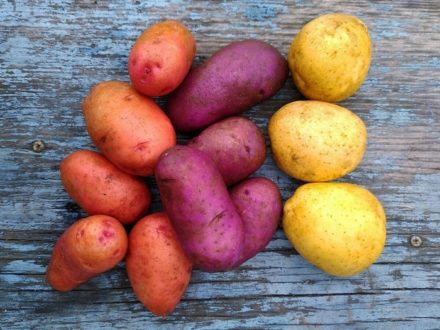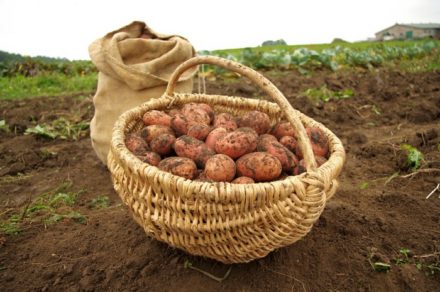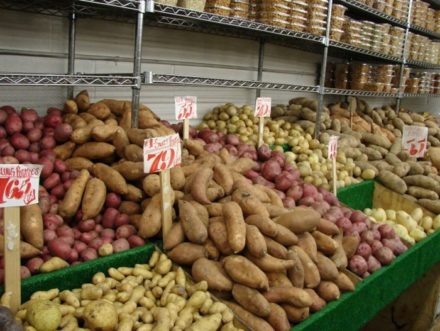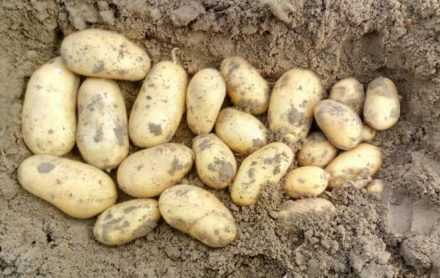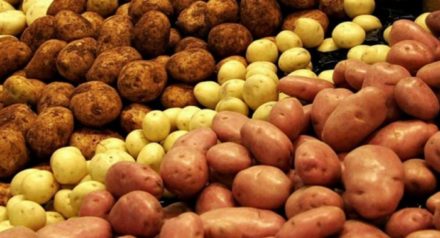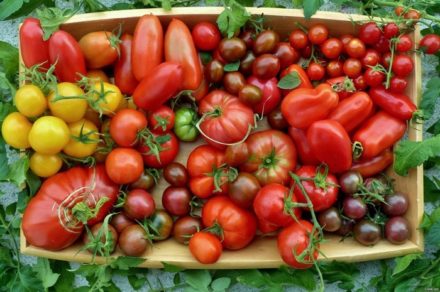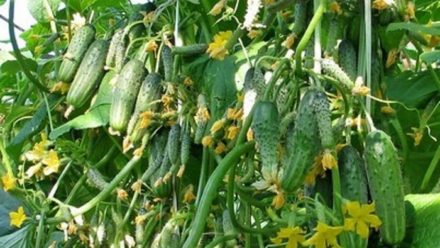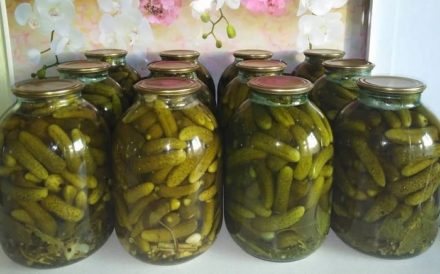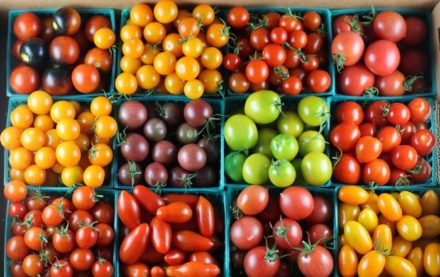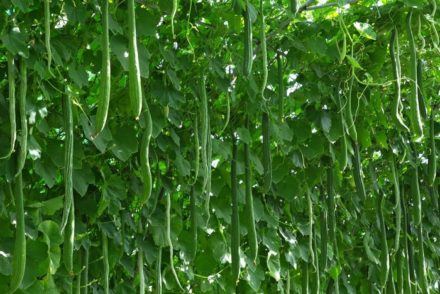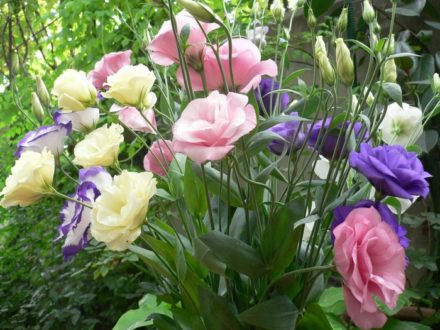Sometimes, after heat treatment, potatoes taste sweetish. This does not mean at all that the tubers are frozen. In some varieties, this feature develops at the genetic level. The sweetish taste does not in any way detract from the merits of potatoes, and the number of its admirers is growing. There are many varieties with this property, but we will touch on the five that are in demand.
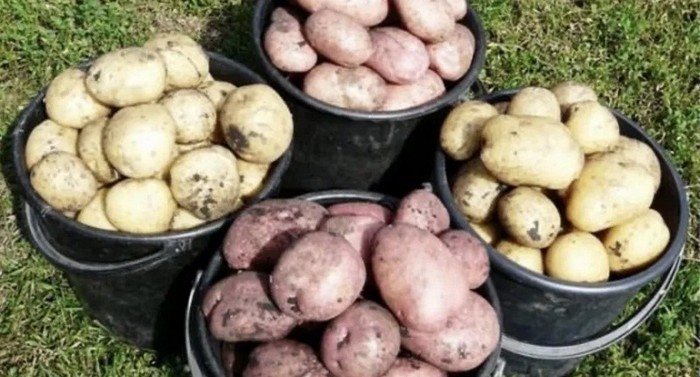
Zekura
The variety is cultivated in Germany. In 1997 it was included in the register of the Russian Federation. Recommended for cultivation in the Volga-Vyatka, Middle Volga and Volga-Vyatka regions, in the Central Black Sea Region, and in the Far East. But it has long been grown in other regions of the country.
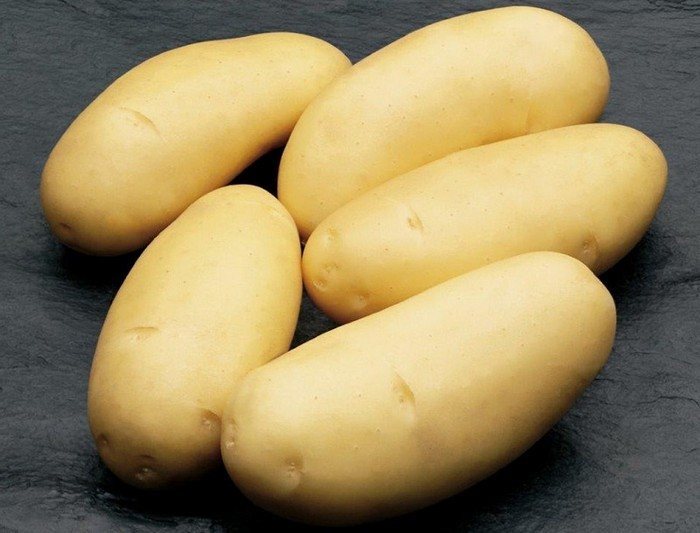
Description of the variety:
- Mid-season, ripening period - 80–100 days from planting.
- The height of the bush is average, small light green leaves, small red-violet flowers.
- The tubers are oblong, with small eyes on a smooth surface.
- The skin and flesh are yellow. Potato weight: 100–190 g. Starch composition: 13–18.2%.
- From 195 to 323 centners are harvested from 1 hectare, which indicates the high yield of the variety.
After heat treatment, the tubers become sweetish and become very soft. Therefore, potatoes are not recommended for frying.
Advantages:
- thanks to its developed immunity, the variety is not afraid of diseases such as nematodes and potato cancer;
- The stress resistance of the variety allows the bushes to easily tolerate low temperatures;
- subject to maintenance conditions, the presentation is preserved. The variety can be stored without loss for up to 6 months.
Disadvantages include the need for regular watering due to sensitivity to drought. Due to the large volume of starch, the use of Zekura potatoes is limited in some cases.
Symphony
The variety was bred by Dutch breeders in 1993. And three years later it was registered in Russia and recommended for cultivation in the central region.
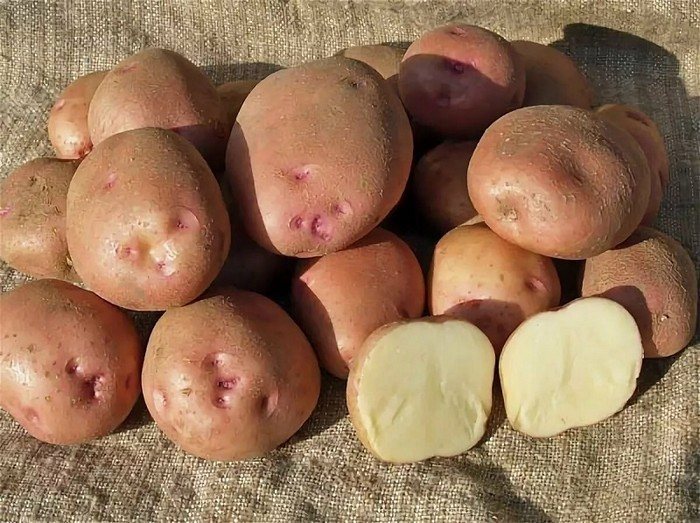
Description of the variety:
- Medium late. Ripening time is 100–120 days after germination.
- The height of upright bushes is 50–70 cm.
- Oval tubers with red smooth skin reach an average of 70–140 g.
- Yellow pulp of the fruit, starch content - 13–19%.
- Productivity - 46 t/ha.
Potatoes are crumbly and suitable for making mashed potatoes, but are not used for salads and soups.
Advantages of the variety:
- resistant to potato diseases such as nematode and cancer;
- the ideal presentation of the tubers does not deteriorate during storage, transportation, or harvesting with potato harvesters;
- simple care that does not require additional appointments;
- long shelf life.
Among the disadvantages is susceptibility to late blight, which affects both tubers and tops.
Santa
The variety was bred in Holland. Entered into the State Register in 1993. Recommended for cultivation in the Central, Volga-Vyatka, North-Western, Far Eastern, Western regions.
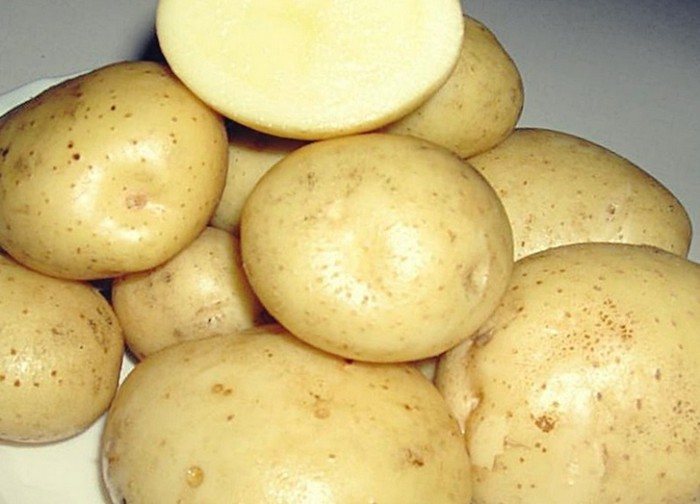
Description of the variety:
- Mid-early. Readiness for harvesting - 80–95 days from planting.
- The bushes are compact, with a minimal amount of greenery.
- Abundant fruiting. Up to 20 root crops are removed from the bush.
- The weight of the oval tuber is about 150 g.The sizes and shape are the same.
- The skin is thin, but dense, yellow in color, with small eyes.
- The pulp is yellow.
Potatoes do not boil softly due to the small percentage of starch content.
Advantages of the variety:
- high taste, lack of wateriness and dryness;
- rapid ripening and high yield;
- long shelf life, super resistance to damage;
- transportability;
- drought resistance.
The disadvantages for gardeners include intolerance to temperature fluctuations, which leads to a sharp decrease in yield.
Adretta
For more than 40 years, summer residents have known a variety with impeccable taste characteristics. Created by German breeders. Recommended for cultivation in the west of Siberia, the Far East, and the Middle Volga.
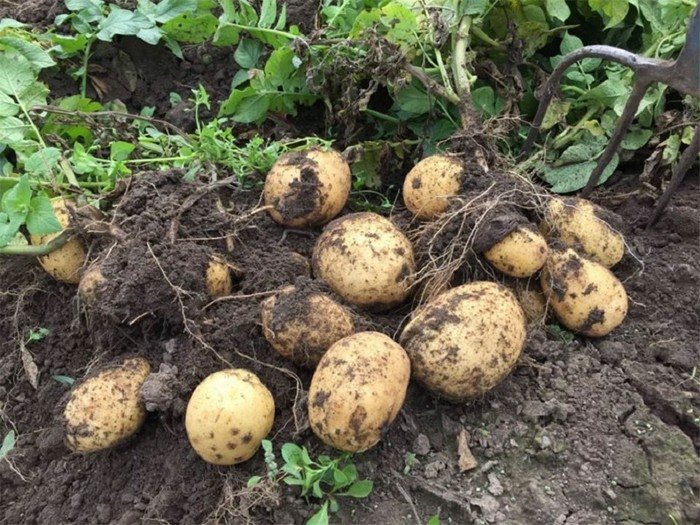
Description of the variety:
- An early ripening variety that ripens 70–80 days after germination.
- Tall, erect bushes. There is no spreading.
- Light green leaves of medium to large size. Miniature white flowers appear together and abundantly.
- The tubers are oval, medium in size and weighing from 100 to 150 g.
- The skin is yellow, rough and mesh, covered with subtle, non-recessed eyes.
- The color of the pulp varies from light yellow to deep yellow. The proportion of starch is 15-18%.
- The yield from a bush is up to 2 kg, and from 1 hectare - up to 450 c.
After cooking, the potatoes become crumbly, with small grains. Used boiled, for first courses and making chips.
Advantages of the variety:
- high productivity;
- obtaining 2 harvests during the growing season due to the early ripening period;
- ease of care;
- sensitivity to fertilizing;
- resistance to diseases and pests;
- endurance, resistance to sudden temperature changes.
Disadvantages include poor keeping quality and inability to withstand drought.
Vineta (Veneta)
The variety was bred in Germany in 1986. And already in 2001 it was included in the State Register of the Russian Federation and recommended for breeding in difficult climatic conditions.
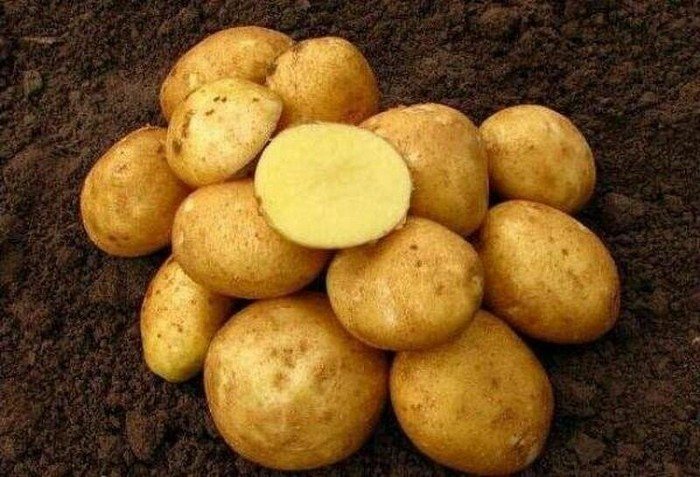
Description of the variety:
- Early ripening, full ripening period is 75–80 days from planting, although the tubers are ready already on the 50th day.
- Spreading bushes grow up to 75 cm. The surface of the dark green leaves is rough and wavy.
- The erect tops are thick and unbreakable. In the inflorescence there are up to 8–10 white flowers.
- More than 13 oval tubers of different sizes and colors are formed on one bush. The shade depends on the soil and varies from light yellow to dark brown.
- The skin of potatoes is thin and smooth. There are inconspicuous eyes on the surface.
- The fruit pulp is lighter than the skin, with medium juiciness.
- Root weight – 60–200 g. Productivity – 2–2.5 kg/m2.
Potatoes are used to prepare soups and main courses. Roasted fruits retain their shape and quality.
Advantages of the variety:
- early ripening, taste and yield;
- easy care and long shelf life without waste;
- adaptability to soil and weather conditions, drought;
- resistance to damage and long-distance transportation;
- immunity to potato diseases.
Only late blight can affect the variety. But the disease covers the tops and does not affect the tubers.In addition, potatoes attract the Colorado potato beetle. But gardeners are not afraid of this problem due to the availability of means to combat the pest.
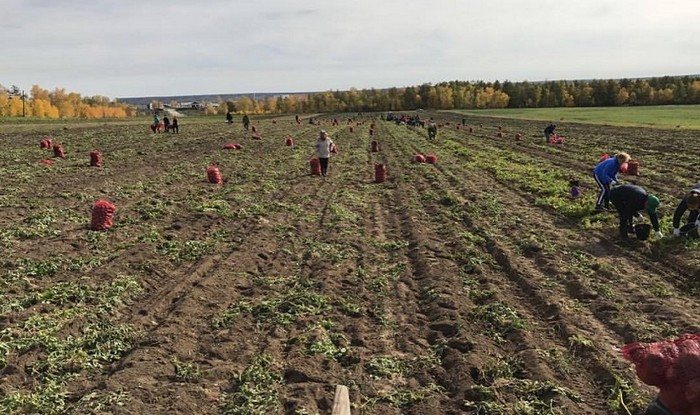
Potatoes, sweetish after cooking, do not frighten, but even attract gardeners with their positive qualities. Such varieties are grown in Russia not only in summer cottages, but also on an industrial scale.


